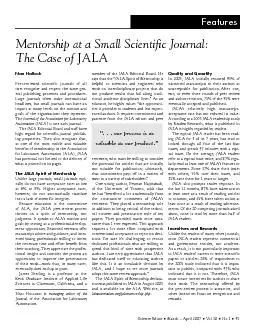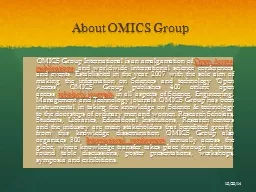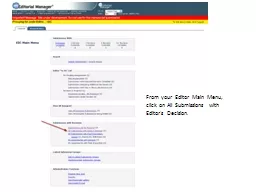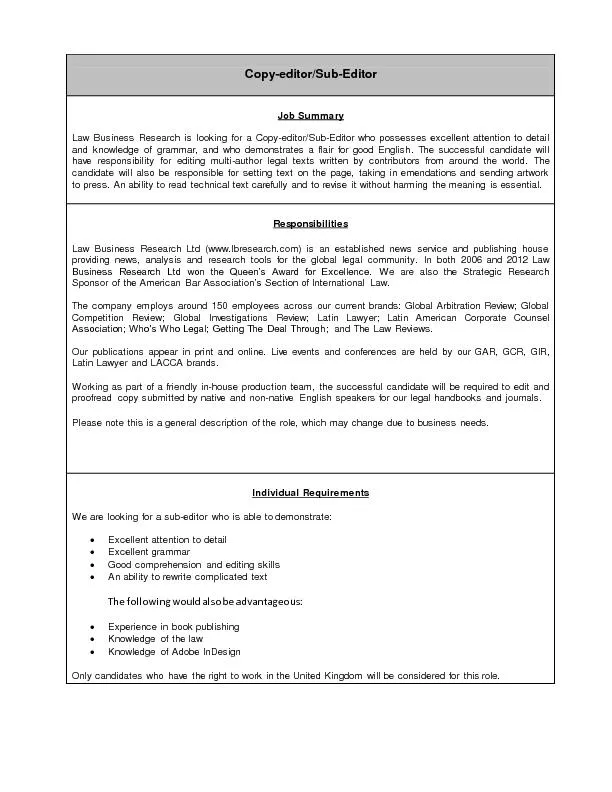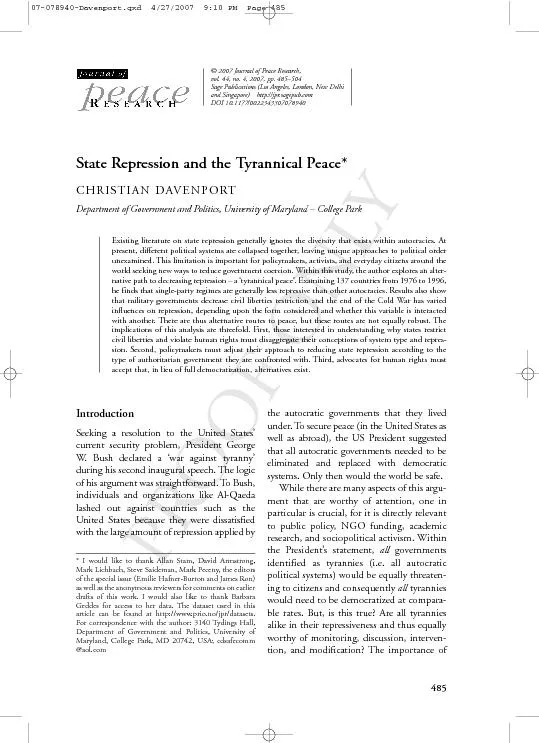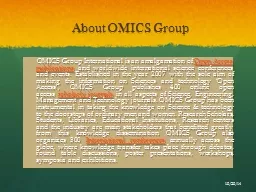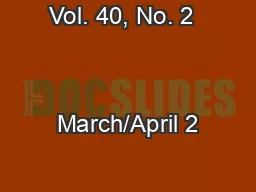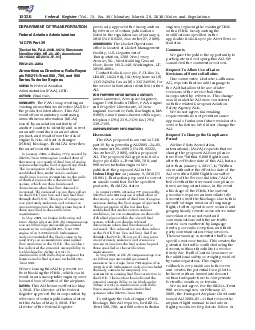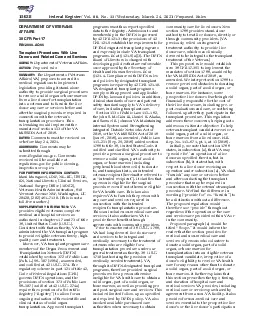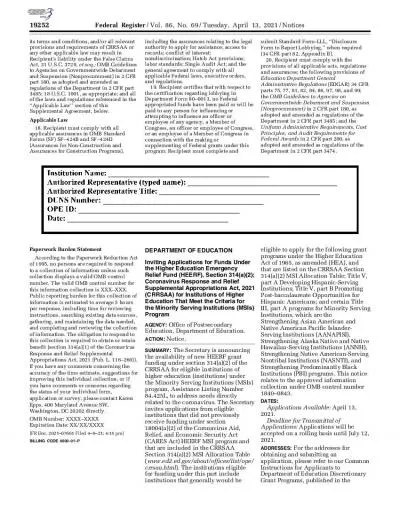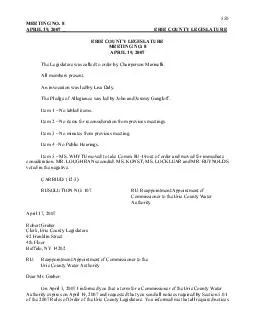PDF-Science Editor March April 2007 Vol 30 No 2 45
Author : hanah | Published Date : 2021-06-15
Features Peerreviewed scientific journals of all sizes recognize and respect the same general publishing processes and procedures Large journals often make international
Presentation Embed Code
Download Presentation
Download Presentation The PPT/PDF document "Science Editor March April 2007 Vol 3..." is the property of its rightful owner. Permission is granted to download and print the materials on this website for personal, non-commercial use only, and to display it on your personal computer provided you do not modify the materials and that you retain all copyright notices contained in the materials. By downloading content from our website, you accept the terms of this agreement.
Science Editor March April 2007 Vol 30 No 2 45: Transcript
Download Rules Of Document
"Science Editor March April 2007 Vol 30 No 2 45"The content belongs to its owner. You may download and print it for personal use, without modification, and keep all copyright notices. By downloading, you agree to these terms.
Related Documents

